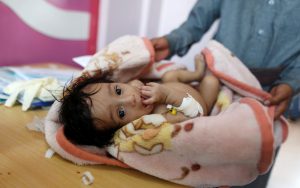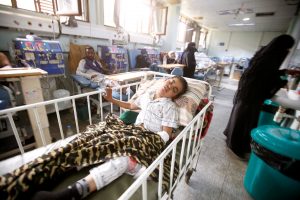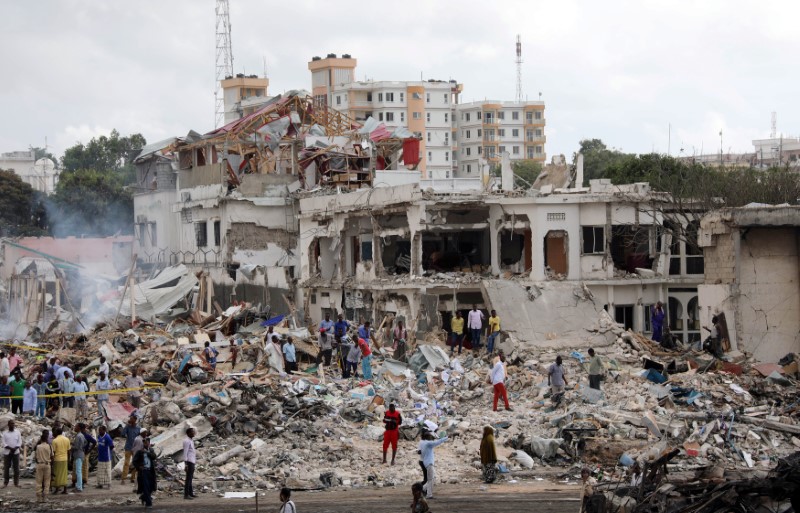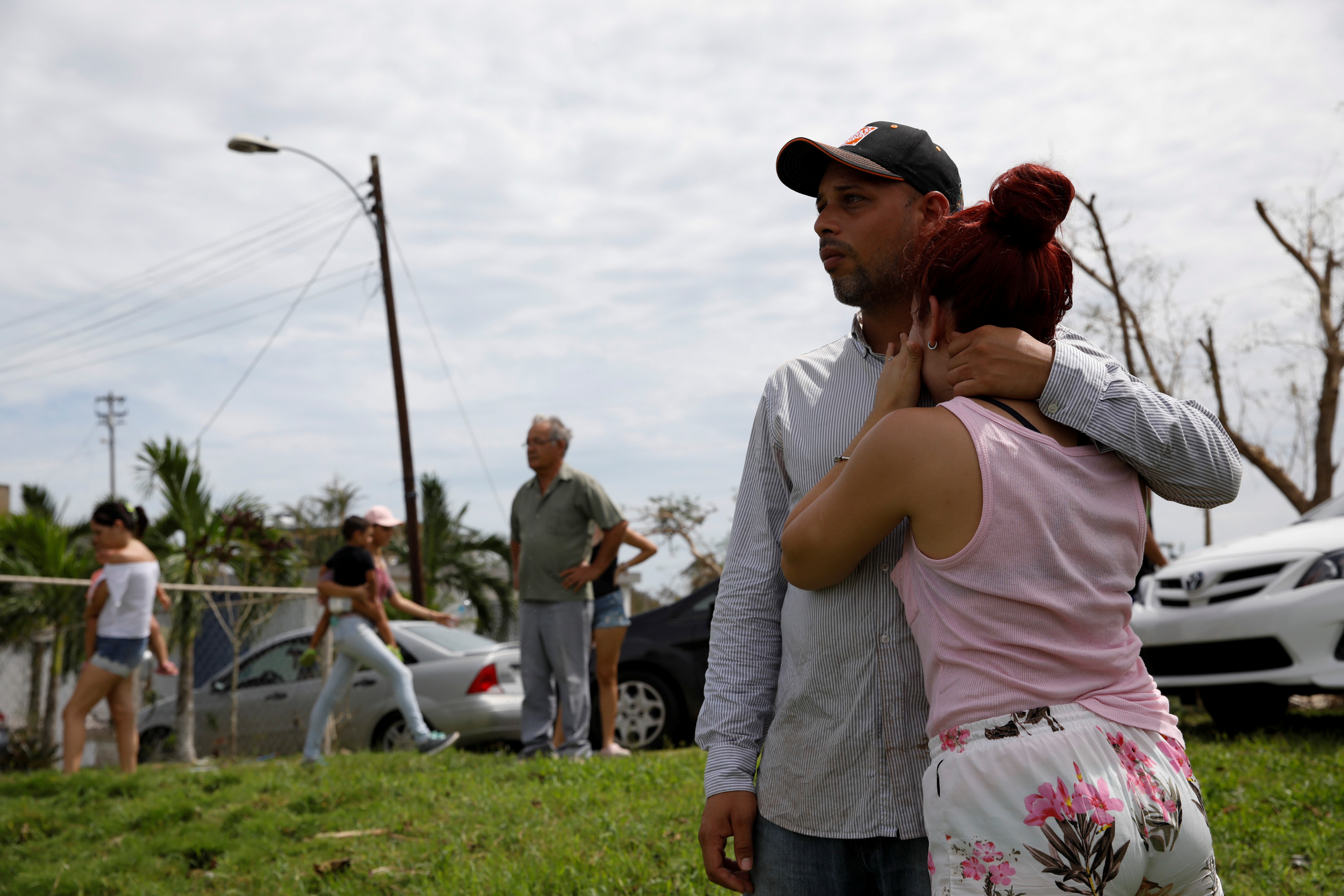
By Julie Steenhuysen
ANN ARBOR, Mich. (Reuters) – Dr. Brian Halloran, a vascular surgeon at St. Joseph Mercy Ann Arbor, starts planning his garden long before spring arrives in southeast Michigan.
His tiny plot, located in the shadow of the 537-bed teaching hospital, helps Halloran cope with burnout from long hours and the stress of surgery on gravely ill patients.
“You really have to find the balance to put it a little more in perspective,” he said.
Hospitals such as St. Joseph Mercy Ann Arbor have been investing in programs ranging from yoga classes to personal coaches designed to help doctors become more resilient. But national burnout rates keep rising, with up to 54 percent of doctors affected.
Some leading healthcare executives now say the way medicine is practiced in the United States is to blame, fueled in part by growing clerical demands that have doctors spending two hours on the computer for every one hour they spend seeing patients.
What’s more, burnout is not just bad for doctors; it’s bad for patients and bad for business, according to interviews with more than 20 healthcare executives, doctors and burnout experts.
“This really isn’t just about exercise and getting enough sleep and having a life outside the hospital,” said Dr. Tait Shanafelt, a former Mayo Clinic researcher who became Stanford Medicine’s first chief physician wellness officer in September.
“It has at least as much or more to do with the environment in which these folks are practicing,” he said.
Shanafelt and other researchers have shown that burnout erodes job performance, increases medical errors and leads doctors to leave a profession they once loved.
For a graphic, click http://tmsnrt.rs/2zMlmuy
Hospitals can ill afford these added expenses in an era of tight margins, costly nursing shortages and uncertainty over the fate of the Affordable Care Act, which has put capital projects and payment reform efforts on hold.
“Burnout decreases productivity and increases errors. It’s a big deal,” said Cleveland Clinic Chief Executive Dr. Toby Cosgrove, one of 10 U.S. healthcare CEOs who earlier this year declared physician burnout a public health crisis.
WHAT TO DO?
Hospitals are just beginning to recognize the toll of burnout on their operations.
Experts estimate, for example, that it can cost more than a $1 million to recruit and train a replacement for a doctor who leaves because of burnout.
But no broad calculation of burnout costs exists, Shanafelt said. Stanford, Harvard Business School, Mayo and the American Medical Association are working on that. They have put together a comprehensive estimate of the costs of burnout at the organizational and societal level, which has been submitted to a journal for review.
In July, the National Academy of Medicine (NAM) called on researchers to identify interventions that ease burnout. Meanwhile, some hospitals and health insurers are already trying to lighten the load.
Cleveland Clinic last year increased the number of nurse practitioners and other highly trained providers by 25 percent to 1,600 to handle more routine tasks for its 3,600 physicians. It hired eight pharmacists to help with prescription refills.
Atrius Health, Massachusetts’ largest independent physicians group, is diverting unnecessary email traffic away from doctors to other staffers and simplifying medical records, aiming to cut 1.5 million mouse “clicks” per year.
Insurer UnitedHealth Group, which operates physician practices for more than 20,000 doctors through its Optum subsidiary, launched a program to help doctors quickly determine whether drugs are covered by a patient’s insurance plan during the patient visit. It is also running a pilot program for Medicare plans in eight states to shrink the number of procedures that require prior authorization.
Similarly, Aetna Inc this year began a behavioral health program that eliminates prior authorization requirements for admission to some high-performing hospitals.
DOCTOR OVERLOAD
Experts define burnout as a syndrome marked by emotional exhaustion, cynicism and decreased effectiveness. Many burned out doctors cut back their hours to cope, and a disturbing number commit suicide.
A landmark 2015 Mayo Clinic study found that more than 7 percent of nearly 7,000 doctors had considered suicide within the prior 12 months, compared with 4 percent of other workers. About 400 a year go through with it.
Driving the burnout symptoms is the burden of data entry on clumsy electronic medical records systems that doctors must use to prove the quality of their care, said Dr. Christine Sinsky, vice president of professional satisfaction at the American Medical Association.
Sinsky recently conducted an experiment in her own internal medicine practice in Dubuque, Iowa. She asked a staff member how many mouse clicks it takes to order and record a single patient’s flu shot in their electronic medical record. The answer: 32.
She has visited some practices where a doctor had to record flu shots for more than 1,000 patients because only the doctor was allowed to enter the order.
Such mandates reflect an overly strict interpretation of federal health reforms designed to encourage doctors to use electronic medical records, such as the 2009 Health Information Technology for Economic and Clinical Health Act that required doctors to demonstrate “meaningful use” of the systems.
“We have to recognize the exacting toll that the first generation of electronic health records have had on physicians,” Sinsky said. “I would identify it as one of the most important drivers of physician burnout.”
Pre-approval requirements from health insurers for many services and quality metrics built into Obamacare have added to doctors’ administrative duties.
“We’ve got this measurement mania. We’ve got to back off of that,” said Dr. Paul Harkaway, chief accountable care officer for Michigan’s St. Joseph Mercy Health System, a part of Trinity Health, a national not-for-profit Catholic healthcare system.
As a result of these requirements, primary care physicians spend more than half of their 11.4 hour workday performing data entry and other tasks, according to a September AMA/University of Wisconsin study published in the Annals of Family Medicine.
To manage, doctors often finish work at home in the evening, a part of the day known as “pajama time.”
COSTS TO THE HEALTHCARE SYSTEM
Doctors’ suffering can take a direct toll on patients. In a 2010 study, Shanafelt and colleagues found that the more burned out a surgeon was, the more likely he or she was to report a major medical error. Other studies have shown that burnout drives up rates of unnecessary testing, referrals to specialists and hospital admissions.
When doctors quit, it costs an estimated $800,000 to $1.3 million in recruitment, training and productivity costs, depending on the specialty.
Even when physicians don’t leave, they can contribute thousands of dollars in costs each year “just as a matter of inefficient functioning,” said Dr. Colin West of the Mayo Clinic.
The trend has medical malpractice experts concerned. CRICO, the malpractice carrier for Harvard University’s two dozen affiliated hospitals, recently had to settle a handful of cases because doctors were too burned out to fight, even though CRICO believed it could win.
“The clinician just wanted it to go away,” said Dr. Luke Sato, CRICO’s chief medical officer. Sato estimates that an average breast or colorectal cancer malpractice case might cost $750,000 to $1 million to settle.
The crisis has Harkaway worried for his colleagues in Michigan, and for his profession.
“Working with doctors every day, you see it,” he said. “They are just beat down.”
(Reporting by Julie Steenhuysen; Editing by Michele Gershberg and Editing by Edward Tobin)














